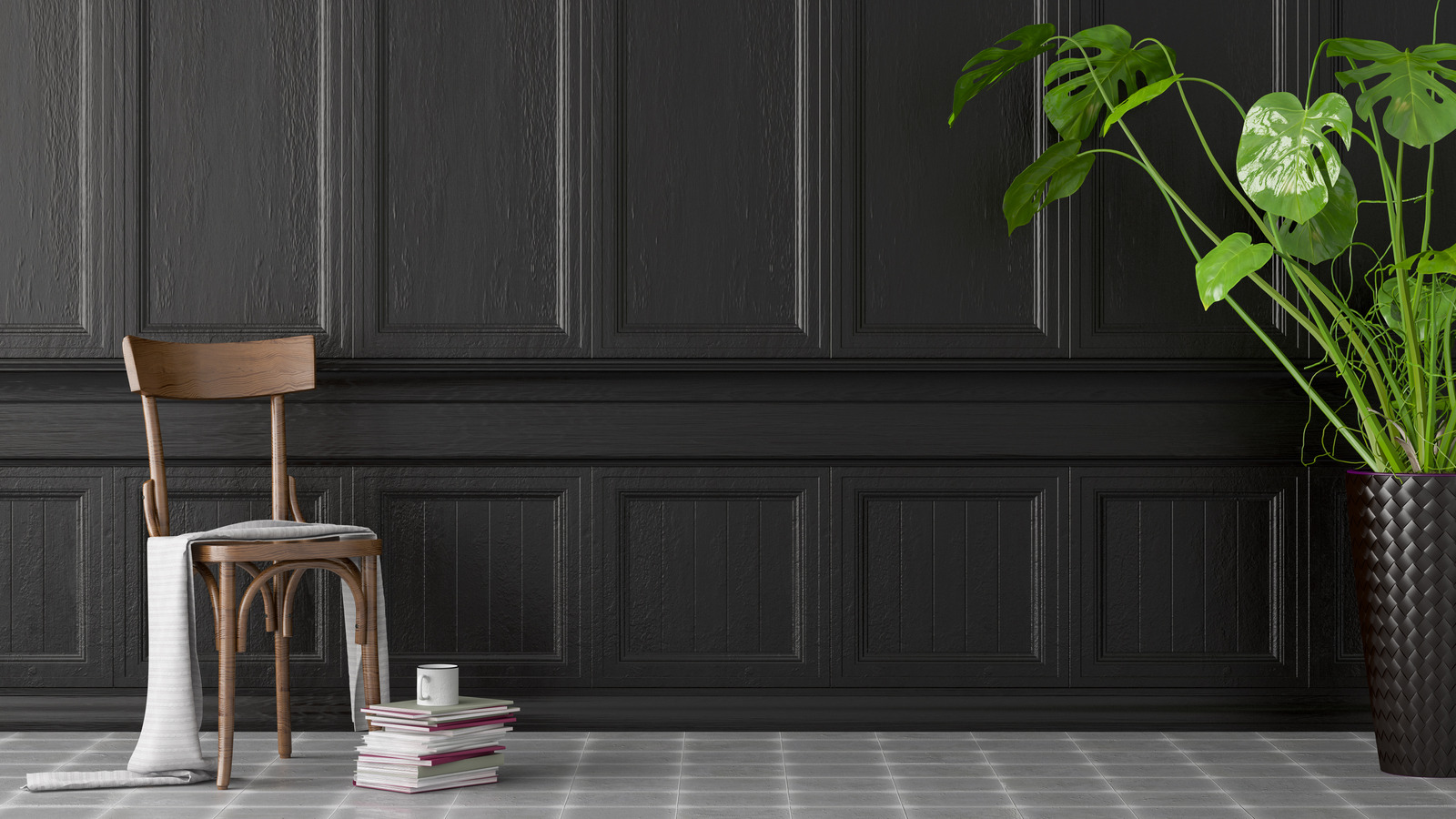
Western Gothic borrows from both of its namesake design styles, based on the goal of creating a room with a moody atmosphere but also a bit of country flair. When people think of Western aesthetics, they think of leather boots and suede jackets, and both are textiles used in Western Gothic decor. Furs and cowhide are often used as accents that contrast and soften, and fringe is an accent that can add texture and movement. For furniture pieces, such as coffee and console tables, dark, rustic wood is the go-to material. Consider reclaimed or recycled pieces, ones with live edges or surfaces where you can see knots and graining. Gothic aesthetics originate from the architectural style, which is more ornate and sculptural. This can manifest in stained glass, pointed arches, and elegant chandeliers. Furniture often has decorative carvings and grand designs. Contrasting the sharp lines commonly seen in Gothic decor are soft textures like velvet and satin.
Darker shades of browns, reds, and greens are common in both Western and Gothic aesthetics. These colors will be popular in the upcoming Western Gothic aesthetics, along with blacks and blues, paired with natural-inspired neutrals, gold, silver, and brass as accents. The overall color scheme of a Western Gothic room is dark, with pops of color from accenting decor. Unique decorative elements add interest to the space. Sculptures, statues, and busts are more likely to adorn shelves than typical decorative objects. Weathered and imperfect finishes reinforce the moody, Gothic feel.
